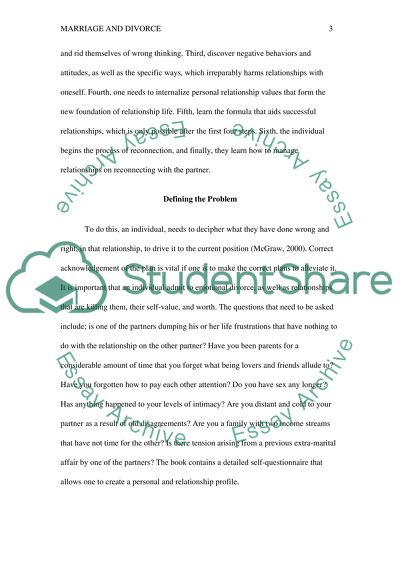Cite this document
(“Marriage and Divorce Essay Example | Topics and Well Written Essays - 3000 words”, n.d.)
Retrieved from https://studentshare.org/family-consumer-science/1402534-marriage-and-divorce
Retrieved from https://studentshare.org/family-consumer-science/1402534-marriage-and-divorce
(Marriage and Divorce Essay Example | Topics and Well Written Essays - 3000 Words)
https://studentshare.org/family-consumer-science/1402534-marriage-and-divorce.
https://studentshare.org/family-consumer-science/1402534-marriage-and-divorce.
“Marriage and Divorce Essay Example | Topics and Well Written Essays - 3000 Words”, n.d. https://studentshare.org/family-consumer-science/1402534-marriage-and-divorce.


